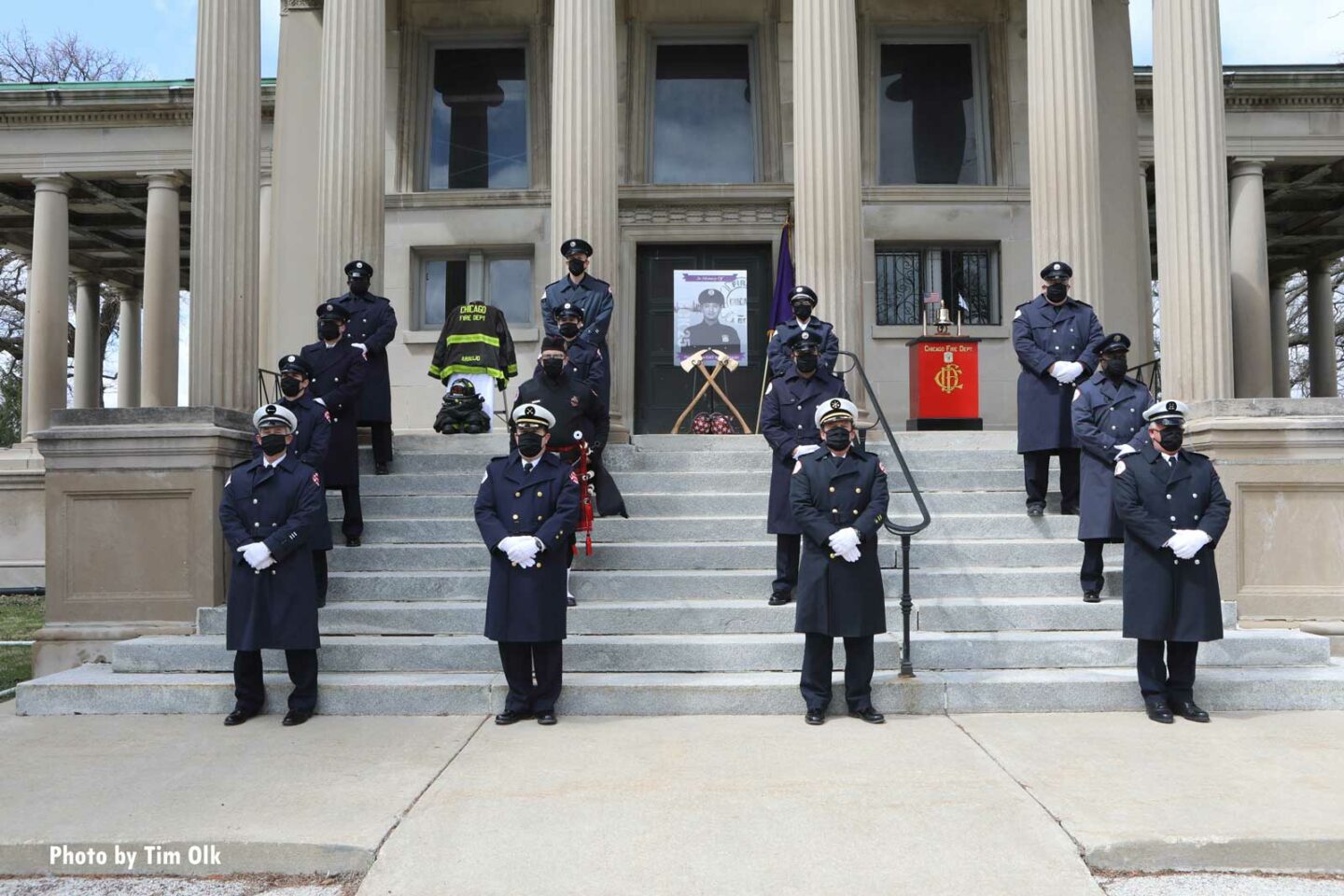

By Todd LeDuc, Dr. Sara Jahnke, and Dr. Lori Moore-Merrell
Recently Dr. Sara Jahnke and Todd LeDuc penned a commentary for Fire Engineering entitled, “Should We Be Thinking of a Long-Term COVID 19 Medical Surveillance Program for First Responders?” Since publication of that opinion piece, the International Association of Fire Chief’s “COVID-19 Fire & EMS Dashboard” with 2,258 departments reporting shows 14,172 fire service personnel had been exposed, 12,470 had been quarantined and 709 had been diagnosed with COVID-19. (iafc.org)
Given those numbers, we know well the importance of identification of potential COVID-19 patients in the field and the importance of capturing first responder exposures through the NFORS Exposure Tracker to ensure documentation. The role of testing is equally important in identifying responders who were exposed and had the virus, or who had exposures, were asymptomatic, and subsequently developed antibodies.
Since the publication of that editorial, further public health data has been published that continues to suggest the need to have an organized, systematic, and ongoing approach to monitoring first responders and health care providers who have been exposed to this coronavirus or been hospitalized with the diagnosis of COVID-19. We know from current data that COVID-19 is more detrimental for many with underlying co-morbid conditions. This group also demonstrates higher rates of morbidity and mortality than those without underlying health issues. Research also shows that many of the co-morbid conditions like hypertension, excess weight, cardiovascular risk, and elevated blood sugar are also prevalent among many first responders.
Past epidemics caused by similar viruses have demonstrated that health consequences can continue for a decade or longer. In fact, one study of survivors of severe acute respiratory syndrome (SARS) showed that they suffered lung ailments, had elevated cholesterol levels, and were sick more frequently in general compared to others, for up to 12 years post virus.
According to a report in the Chicago Times, Cedars-Sinai Medical Center conducted a study on 90 Wuhan Coronavirus patients from Italy and China. The study found that of the 70 patients discharged from the hospital, 66 had mild to substantial residual lung abnormalities on their last CT. Furthermore, the study noted that chronic cardiac conditions could arise after recovery due to persistent inflammation..
Additional evidence has suggested that there may also be a neurological impact for persons that had contracted COVID-19 and recovered. The evidence suggests that a non-traumatic form of a brain injury was caused by the viral exposure and the release of inflammatory cytokines or autoimmune encephalitis. A Journal of the American Medical Association published study (JAMA 3 (2)) found 36.4% of 214 Chinese patients had some type of neurological symptoms ranging from loss of smell and nerve pain to seizures and large vessel strokes.
Scientists are already developing proposals to identify both short- and long-term impacts of the pandemic. It will be important for the fire service to partner with these teams to ensure comprehensive and impactful tracking. Going forward, there is a need for further investigation into several areas, including prevention when a vaccine becomes available, potential health risks of vaccination, physical effects of repeated exposure, and the mental health impact on fire and EMS personnel. For now, it is imperative that all first responders track their exposures to COVID-19, or potential COVID-19 patients, and maintain their test and/or antibody status. Mobile apps like NFORS are available in app stores for exposure tracking and new test status apps are surely on the way. We don’t yet know what we don’t know about this virus.

Todd J. LeDuc, MS, CFO, FIFirE, retired after nearly 30 years as assistant fire chief of Broward County, Florida, an internationally accredited career metro department. He served as chief strategy officer for Life Scan Wellness Centers, a national provider of comprehensive physicals and early detection exams. He has served as a member of the International Association of Fire Chief’s Safety, Health & Survival Section for over a decade and is currently secretary of the section. He is a peer reviewer for both professional credentialing and agency accreditation. He is editor of Surviving the Fire Service (Fire Engineering Books) and serves on numerous advisory boards and publications. He can be contacted at Todd. LeDuc@lifescanwellness.com
Sara A. Jahnke, Ph.D. is the director of the Center for Fire, Rescue and EMS Health Research at the National Development and Research Institutes. She was the principal investigator on two large-scale, DHS-funded studies of the health and readiness of the U.S. fire service and on a study on the health of women firefighters. She is a co-investigator of several studies focused on fitness, nutrition and health behaviors in firefighters. She completed her doctorate in psychology with a health emphasis at the University of Missouri – Kansas City and the American Heart Associations’ Fellowship on the Epidemiology and Prevention of Cardiovascular Disease.
Dr. Lori Moore-Merrell is CEO of International Public Safety Data Institute.
This commentary reflects the opinion of the author and does not necessarily reflect the opinions of Fire Engineering. It has not undergone Fire Engineering‘s peer-review process.

